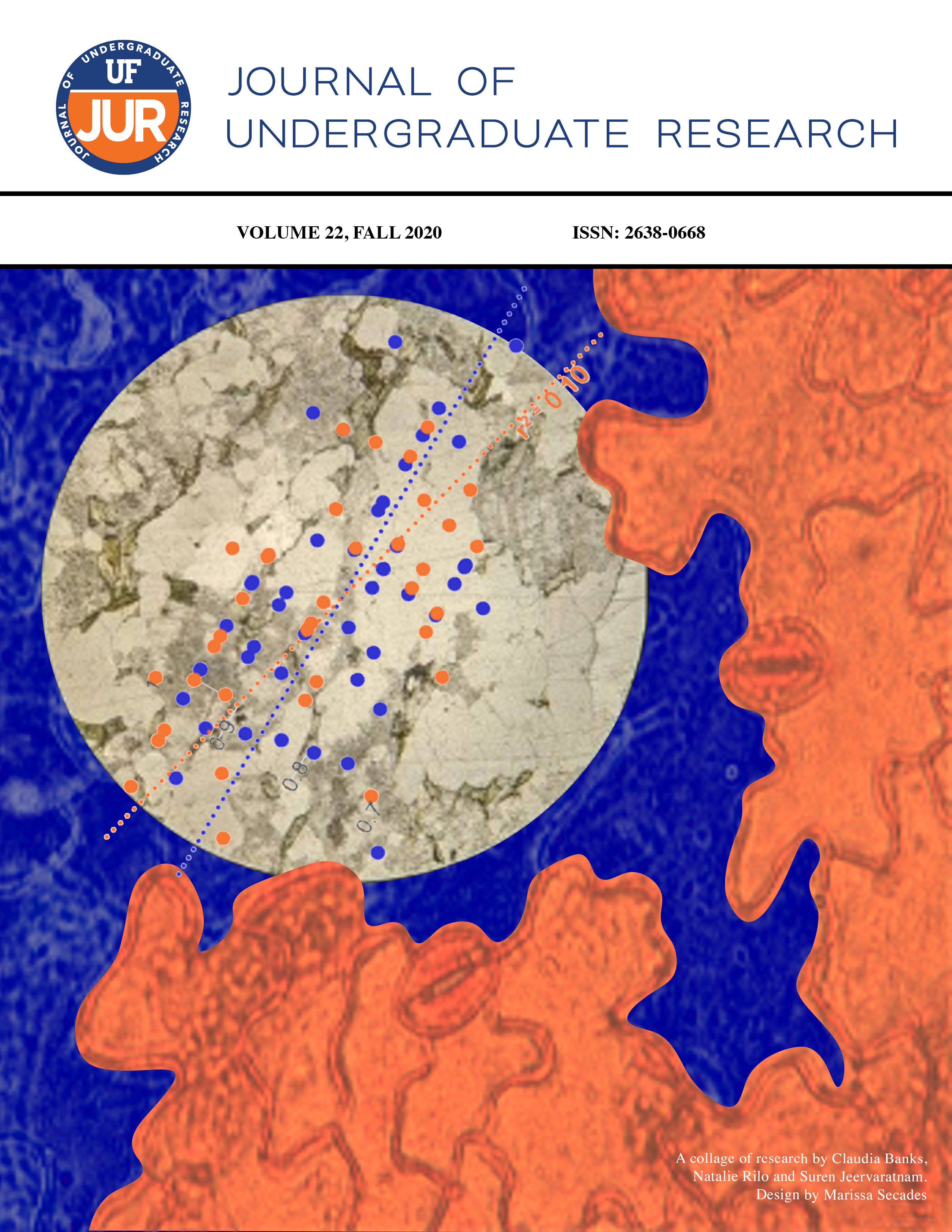House Beautiful, Climate Control Project 1949-1953
DOI:
https://doi.org/10.32473/ufjur.v22i0.121829Keywords:
Climate control, Passive Design, House BeautifulAbstract
The postwar transition to suburbia inaugurated a trend in which most American builders opted to clear the land and build standardized houses without any regard for the site conditions and local climate. Elizabeth Gordon (1906–2000) was the editor of House Beautiful a popular design magazine. She launched the Climate Control Project (1949–1953) to offer the homebuilder guidance on constructing houses suited for the local climate using design principles of orientation, sun control, site planning, and ventilation. Gordon was a strong critic of the International Style that developed in Europe in the interwar period and came to America after the war. This paper will examine the techniques prescribed by the Climate Control Project and draw conclusions about the ideal postwar house promoted by the magazine. Using the Climate Control project, House Beautiful advanced strategies for physiological comfort and efficient utilization of space as central objectives for its readers. By analyzing the articles published throughout the project's duration, this study concludes that the Climate Control Project promoted the idea of a regional American home as the ideal postwar home – as an alternative to the prefabricated mass-produced suburban homes during this time period and the International Style.
Metrics
Downloads
Published
Issue
Section
License
Some journals stipulate that submitted articles cannot be under consideration for publication or published in another journal. The student-author and mentor have the option of determining which journal the paper will be submitted to first. UF JUR accepts papers that have been published in other journals or might be published in the future. It is the responsibility of the student-author and mentor to determine whether another journal will accept a paper that has been published in UF JUR.

